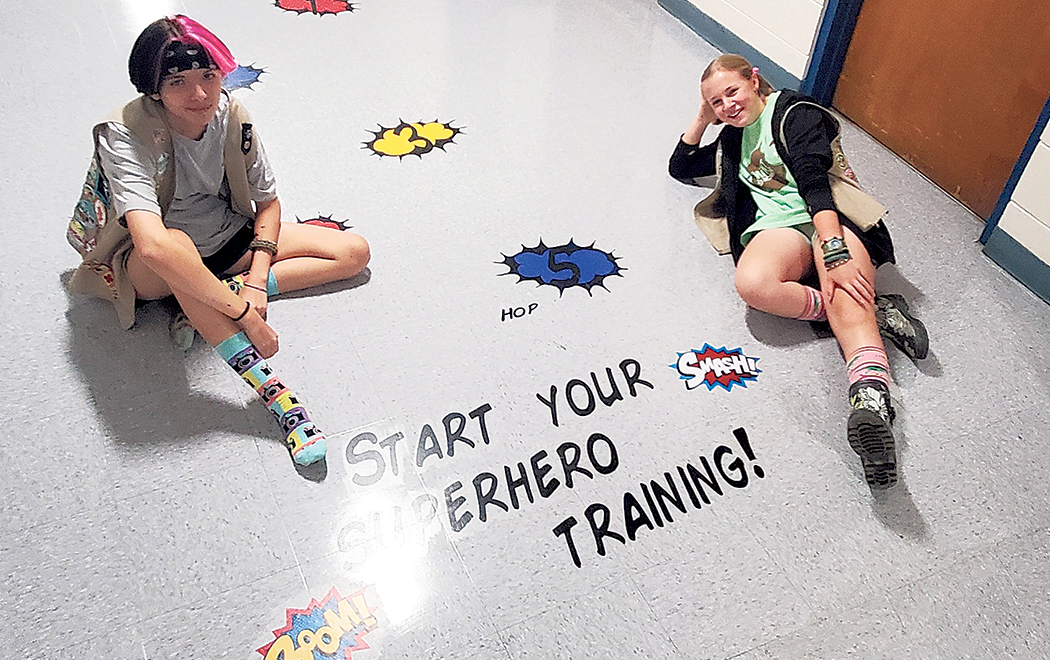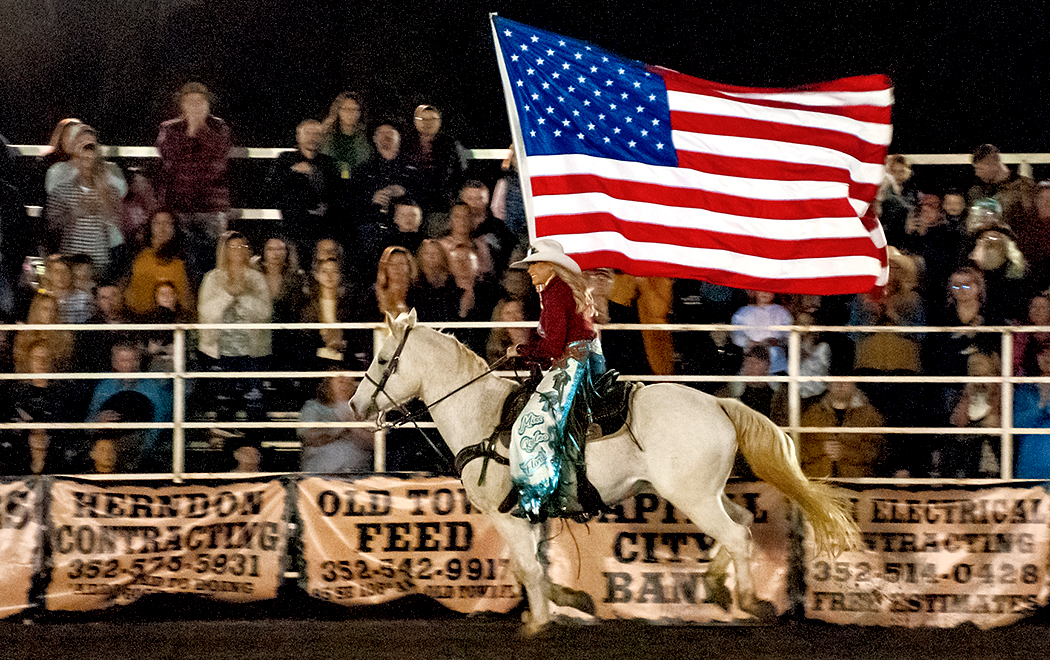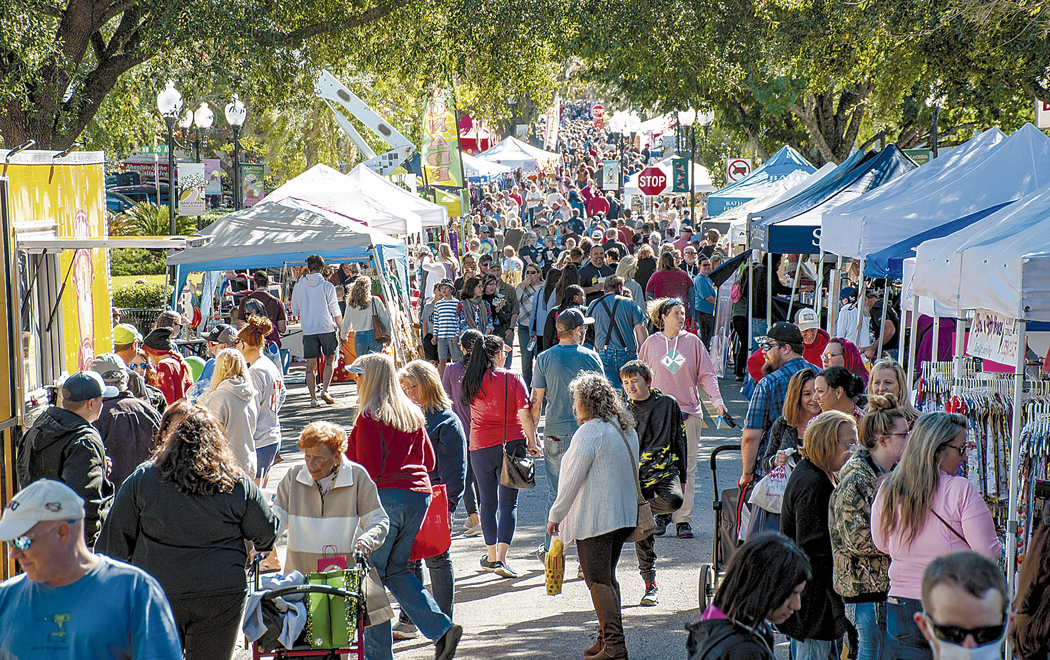ALACHUA ‒ Alachua Elementary fourth grade students were recognized at Nov. 15 Alachua City Commission meeting for their creative talents. The students’ artwork, representing “Cold & Warm,” is currently on display in the foyer of City Hall. Mayor Gib Coerper and Alachua Elementary’s Ann Robles presented a certificate to each student who came to the front of the Commission Chamber as their name was called.
Funding from the Florida Legislature, sponsored by State Representative Chuck Clemons, brings $375,000 for the Alachua Water Quality and Resiliency Improvement Project. In 2017, the City of Alachua experienced contamination of its water supply due to Hurricane Irma impacts. Currently, the city wells supplying the drinking water to the area are located in karst geology and geographically close together, increasing the likelihood of the wells to be overwhelmed during storm events and subject to potential impacts by surficial contamination.
The project consists of the engineering design and permitting needed to construct a 1.0 million gallon per day (MGD) supply well, raw water main, treatment improvements, an operating facility, yard piping improvements, electrical backup, and associated infrastructure improvements. Once constructed, these improvements will diversify local water supply sources and ensure availability of clean drinking water.
Additional funds to the City’s Water Utility Enterprise Fund will be appropriated from revenues and expenses related to American Rescue Plan Act (ARPA) Coronavirus Local Fiscal Recovery Fund Grant. Alachua's allocation is $4,957,950, with half of the allocation received on Oct. 6, 2021. The remaining funds are anticipated to be distributed within a year for additional investments in water, sewer, or broadband infrastructure.
The City will soon be constructing a parking lot in the downtown business district. The Commission approved amending the Fiscal Year 2021-22 Budget for the receipt of unanticipated revenue added to the CRA Special Revenue Fund to appropriate revenues and expenses for a $150,000 grant from the United States Department of Agriculture, Rural Business Services. The funds will be used for construction of a parking lot with underground water retention and utilities within the historic downtown core of Alachua. The 40-space parking lot will include two handicap-accessible spaces. Pedestrian connections to access historic Main Street will be included with the project. The project will also include the conversion of existing overhead electrical service to underground service.
In other business, the Commission approved a request to create two lots on a 16-acre property at Alachua Crossings. The replat will create two new lots and provide for maintenance of common areas such as stormwater facilities and the access driveway. There is an existing office building located on one of the proposed lots at 5550 N.W. 111th Boulevard. The Planning and Zoning Board recommended approval of the request at their Oct. 12, 2021 hearing and forwarded the final plat application to the City Commission.
Due to notice requirements, the Commission deferred a decision to Nov. 29 for approval of the Preliminary Plat for Convergence Research Park, which proposes creating a subdivision on a 109-acre property into a total of 273 lots, with associated common areas and rights-of-way. The area is generally located south of the San Felasco Parkway, east of County Road 241, and north of Shaw Farms.
Troon Creek, LLC, developer of the new Briarwood subdivision located along CR 235A near Santa Fe High School, requested an extension of the Nov. 9, 2021 deadline for completion of infrastructure to Dec. 30, 2021. The developer cited supply chain constraints related to the COVID pandemic. The final plat and subdividers agreement was approved by the Commission on Nov. 9, 2020 and amended on July 26, 2021, to permit the construction of sidewalks as homes were completed.
Tara Baywood developers requested a change in the phasing development of the subdivision. The request would not change the number of houses or layout, only the order of construction within the development. If approved, construction plans will be required to demonstrate that all public utilities can be provided for each phase. Once construction plans are approved, the application for Final Plat and Subdivider's Agreement will return to the City Commission for consideration. The property is located near Lowes.
# # #
Email rcarson@
alachuatoday.com
Add a comment



